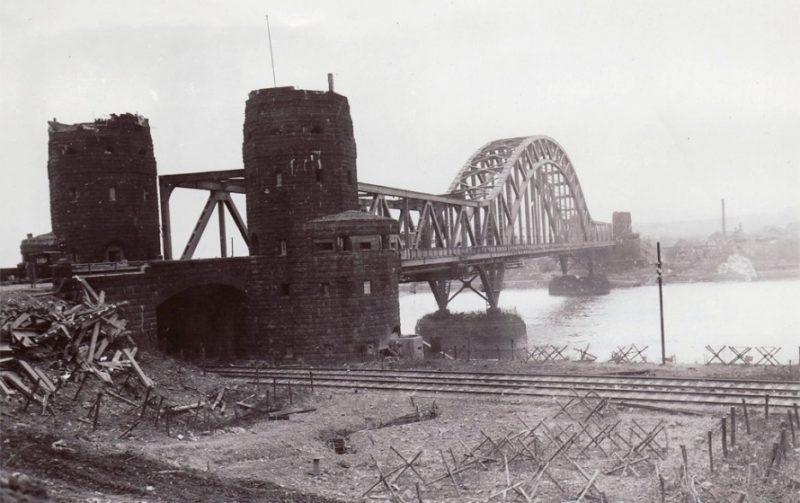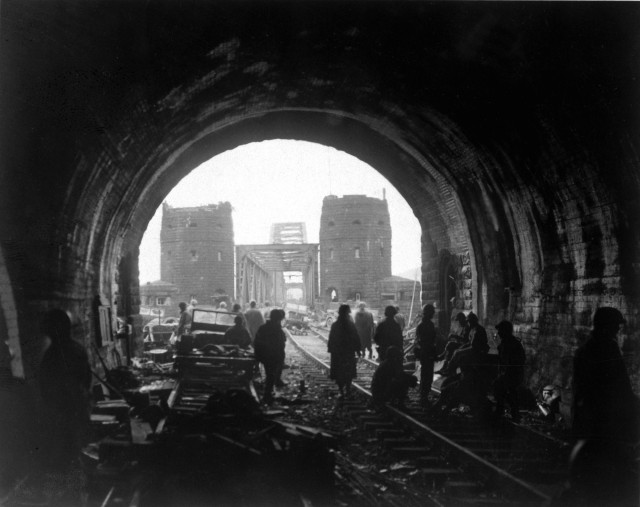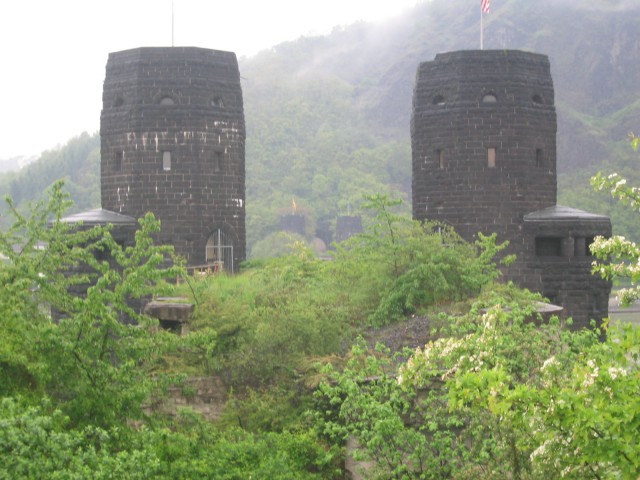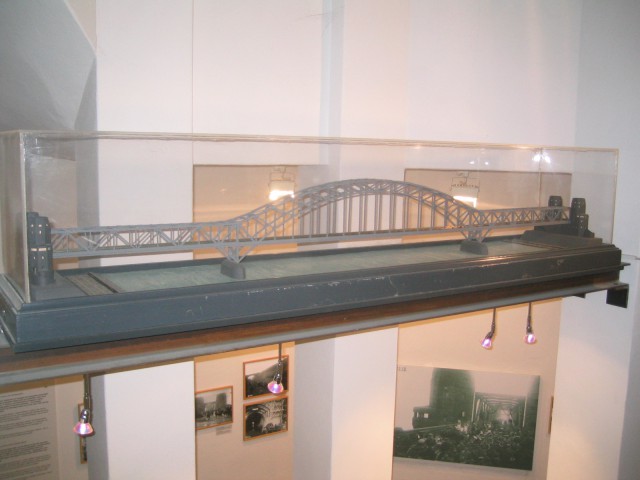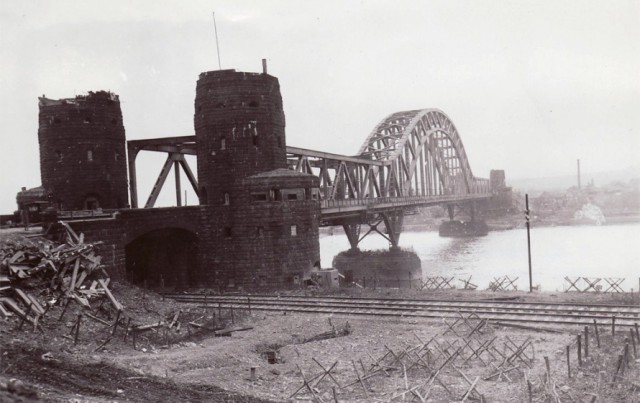
Bridges throughout central Europe played a critical role in the land war of World War Two. From the Netherlands to northern France and on into central Germany, Europe’s rivers and canals, and their bridges, were crucial to both sides ability to supply and advance its troops.
At Remagen on the west bank of the Rhine River in Germany the Ludendorff Bridge is a reminder of the battles that took place during the war over the bridges.
German troops had tried to destroy the bridge, but the US 9th Armoured Division captured the bridge in the spring of 1945. It enabled thousands of Allied troops to move across the Rhine and continue their eastward advance.
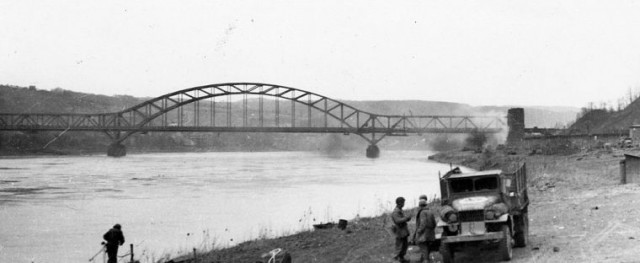
In 1956 a book titled ‘The Bridge at Remagen’ told the story of the bridge during the war, and then at the end of the 1960s a film was made of the same name.
The Allied operation to take the bridge was known as Operation Lumberjack. The troops had made their way to Cologne and the Koblenz area and continue to move east. But as they moved further upriver they needed a spot to get across the Rhine.
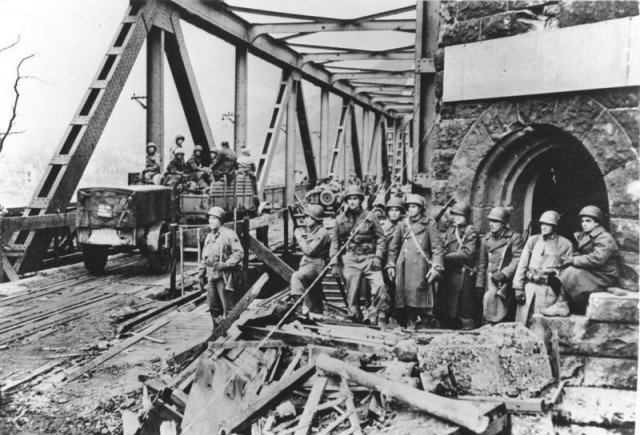
When they arrived at Remagen they found that the bridge was still intact, along with its railroad. As the Allied troops approached the Nazis were still trying to blow the bridge up in desperation to stop the Allied advance. But they failed and the Allies took the bridge a few days later.
Unfortunately around 10 days later, due to the continued bombing attempts by the Nazis and the massive number of Allied troops, vehicles and equipment that had made their way across the bridge, it collapsed. Thirty soldiers died when it collapsed, but General Eisenhower said that all the efforts to capture the bridge had been worth it, since they had been able to advance significantly eastwards.
Now, the only remains of the bridge are two castle towers on either side of the river. Inside one of the towers a Peace Museum was opened in the 1980s to display the story and history of the bridge, the Stars and Stripes reports.
Ludendorff Bridge was originally built during World War One so that German troops could make their way to the front line quicker.
The museum has exhibits on daily life for soldiers during both World War One and World War Two, as well as posters and images from the original 1960s movie The Bridge at Remagen. Another story the museum tells is that of the nearby prisoner of war camp, which held almost 50,000 German POWs after the war had ended.
